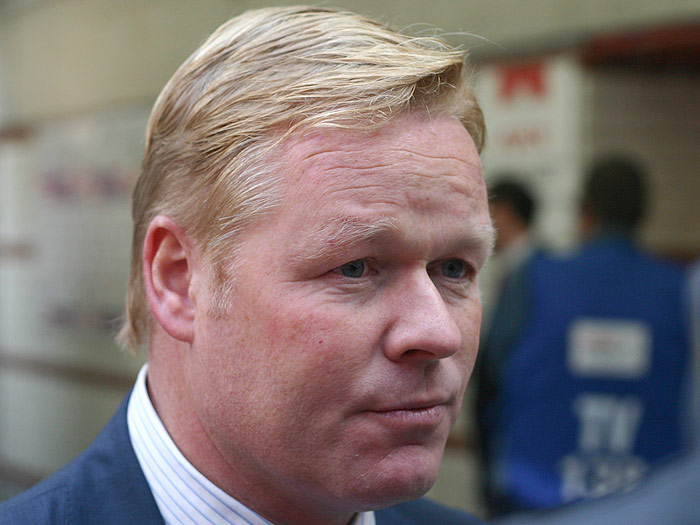These days, in the post-Makelele era, all and sundry seem to agree that England’s path to success will be rooted in the ability to find a defensive midfielder. An organiser of men, a Petit/Makelele/Matic who will shout, ‘YOU SHALL NOT PASS’ and render our defence useless (funnily enough that bit has already happened). We tried it with an ageing Gerrard at the World Cup, but strangely being older and slower does not make you a good defensive midfielder.
 |
| Nemanja Matic, Chelsea's defensive midfielder. |
More recently, England’s centre has become an almost transient entity. It cannot be defined. It is a constantly morphing substance which no-one seems able to pin down and label. This is its nature, and its
problem. Hodgson must find a solution with what he has, and what he has is no
classic defensive midfielders. Jack Wilshere is not a DM. Jordan Henderson is not a DM. Phil Jones is not a DM.
But maybe we don’t need a DM in that sense.
The most successful club in recent history is Barcelona. In
the 1990s, under Cruyff's leadership, the player they played in that deep-lying
role was Pep Guardiola. In his own words he was not big or strong. Neither was
he particularly quick. He scored few goals, and admits as much. He was an
architect.
 |
| Pep Guardiola, a very different type of CM |
Guardiola would receive the ball, and like a conductor he would map out his side’s
next move. He assessed his options and set the team on their way with a
combination of quick thinking and excellent passing. He played to his
strengths: intelligence and distribution, and used them to split defensive
banks of players with a single pass. They called it the no.4 position.
More recently of course, Busquets did the same for Guardiola’s
Barca, helped by the ably played false nine, Lionel Messi.
England’s own version would be Michael Carrick. His range of
passing is exquisite, and he seems to possess maturity, calm and intelligence. He is experienced, especially in winning big trophies and big
games.
My suggestion would be to play Carrick as the no.4, with
Henderson and Wilshere ahead of him. This way Carrick can focus on setting the play, much like a quarterback, and ahead of him two box to box midfielders in Jordan and Jack can defend Carrick from a more advanced position. Wilshere and Henderson are also accomplished in attack, making it a fluid midfield
three, something England must attempt if they are to even think about future
success.
 |
| Michael Carrick tries out his serious face - not bad Michael! |
Thinking ahead to the future, it is a role someone like
Jordan Henderson could take over. Jordan has proved a lot of people wrong by
showing his ability on the ball, as well as an impressive passing range, but at a more
fundamental level he is long-limbed, making him well-suited to intercepting the
ball. He also has leadership potential, and where better to have your captain
than right in the centre of the pitch?
The formation, an inverted triangle if you will, lends
itself to England’s glut of promising attacking players as well. In front of
Henderson/Carrick you could put any two of Wilshere, the two-footed Lallana,
Oxlade-Chamberlain, James Ward-Prowse, Fabian Delph, or even Rooney. It can be defensive or offensive depending on the situation.
This all works very well theoretically, but essentially it
is just an attempt to settle this formation problem England are having.
Although undefeated this season, Hodgson needs to settle on a strategy with
which to get the best out of England, or risk wasting the talents of a good
group of attacking players.
.jpg)





.jpg)


.jpg)